3D
3D animation is the art of creating moving images in a three-dimensional space. Believe it or not, 3D animation was created by William Fetter who was an employee at Boeing, his job was to create 3D models and animate them using preliminary computer technology in the early 1960s. Since then, the art kept evolving to digitally generate moving images that tell us stories in a lively way. Let’s have a look at how ARC studios can turn your vision into 3D art:
The process for 3D animation is complex and the steps may vary depending on the project’s unique requirements, simply put, below are the 11 major steps followed to create a 3D video:
- Concept and Storyboards: this is the first step in which the team begins to brainstorm and conceptualize the ideas to create the storyboard, which is similar to a comic book, in order to translate these ideas into visual entities.
- 3D Modelling: this step may confuse people, but 3D modeling is not “drawing”, instead, it’s the process of creating live 3D models or “props” after the storyboard is approved by the client. This is the stage at which the characters and environment for the video start coming to life.
- Texturing: as the name suggest, texturing is the art of overlaying 2D images or simply painting over the 3D models to create clothing, colors, textures, and designs to further enhance the models and bring them to life.
- Rigging: this is the last step before animation can begin, rigging is the process of adding the “skeleton” to the 3D character which will lay the foundation to how this character will be moving and interacting during animation. The laydown of this movement is what brings characters to life.
- Animation: this is the process of taking the 3D object and getting it to move. This process is done in multiple ways, we can use keyframe animation, in which the object is animated on a frame-by-frame basis, similar to hand-drawn videos. Other methods include getting the objects to follow a path on a curve, or importing motion capture data and applying it on the character. Either way, the end-product is always a properly animated character.
- Lighting: we all know the importance of lighting in capturing photos and videos, and in animation, it isn’t less important. Therefore, when creating an animated video, it’s always important to design the right lighting environment to showcase and focus on the livelihood of our characters and embrace their textures.
- Camera Setting: although in 3D animation there is no “camera”, the videos are often produced through the eyes of one. Just like in cinematography, the angle of the camera is what makes the difference between a great shot and a bad one. Thus, it is important for our skilled artists to capture everything from the right angles and with the appropriate techniques.
- Rendering: this is the step where we use our high-end computers and software to bring everything to life in the form of a 3D video, it is usually the last step of any animation and when this is done, we end up with the video containing all the details that we have worked so hard on during all the previous steps, though it is not the end yet.
- Compositing and Special VFX: This is where the final renders are brought into compositing programs to edit, touch up and add on special effects. You can think of it as taking an already great animation to the next level and making it shine more.
- Music and Foley: what is a video without music and sound effects? During this step, a music composer will create sounds and audio effects to add depth and elevate the mood of our animated video.
- Editing and Final Output: this is the true last step, where we go over everything that has been done and make sure it is up to our standards and that the client will be thrilled to see their vision come to life.
In basic 2D animation, pictures are hand-drawn and each one is showing subtle changes from the previous. When played back sequentially, we create the illusion of motion. In stop motion animation, real-life models are moved slightly and filmed. Like 2D, the pictures will create the illusion of motion when played back. Whereas in 3D animation, everything is done within the computer and exported from the computer.
The use of 3D animation in marcoms and advertising is a very potent tool that’s going to help reach your audience through a clear and mesmerizing video. Many companies are discovering that it is much more effective and efficient than boring static images or PowerPoint presentations
Unleashing your imagination goes beyond words, at ARC Studios, we have built a team of dedicated writers, visual artists, animators who work in harmony and put their extensive expertise to translate your imagination into a uniquely crafted piece of animated content that you can share with the world and be proud of.
Today, ARC Studios is the leading content production studio in Saudi Arabia that offers you the chance to tell your story through stunning visuals that will set you apart and elevate your senses. Get in touch today to bring your vision to reality!
